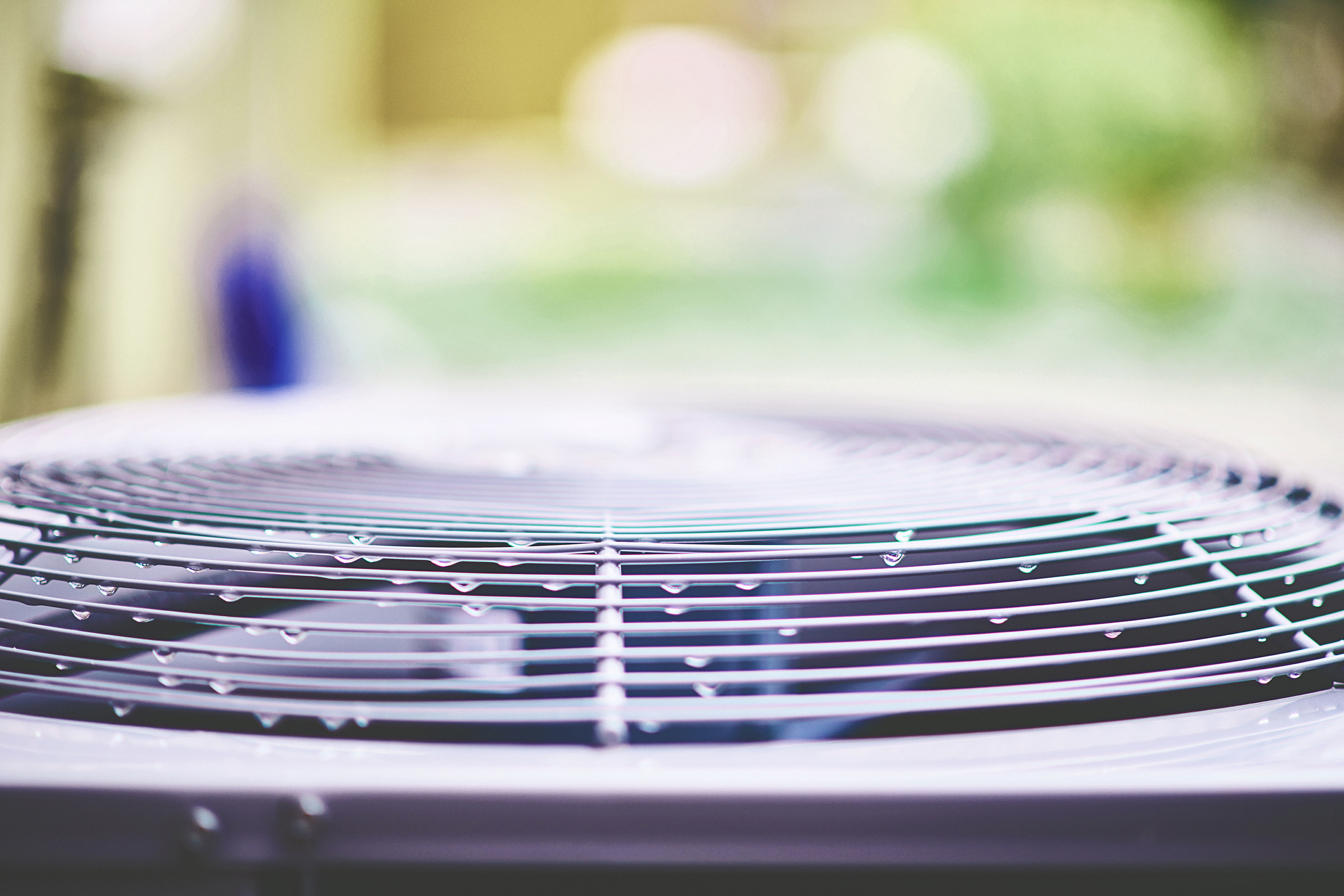Don’t let the name fool you. Florida might be the sunshine state, but it gets A LOT of rain. So much rain that Florida ranks as #1 in the nation for rainfall during May to October.
With the arrival of Spring, you might be worried about the damage summer rain will have on your air conditioner. Although you see them outside homes everywhere you go, water can actually cause a lot of damage to an HVAC system.
The good news is, there are ways to protect your air conditioner from moisture and water damage. There is even a way to avoid water damage altogether, which we cover at the end of this article.
Annual Mold Growth
There are very few air conditioners that don’t get blocked by mold in Florida. The warm, high humidity months lead to organic growth blocking your air conditioner’s drain.
When your AC runs to cool down your space, it brings in a lot of humidity from outside. When it’s just maintaining the coolness of the space, there won’t be nearly the same amount of humidity brought in.
So while the cool summer nights might seem like the perfect time to open the windows, this habit can put your AC at risk. Instead, we recommend keeping windows closed and running an air filter. This will reduce electricity use and keep your AC in good shape.
Water Damage to Your Air Conditioner’s Condenser
Without getting too technical, just know that some units use the heat of the condenser to evaporate the water from the evaporator.
This means that during times of heavy rain, your AC’s condenser may not be getting hot enough. If the water from the evaporator accumulates for too long, it can lead too clogged pipes.
Clogged pipes can lead to many problems, including water leaks in the walls of your home.
Corrosion to the Metal Parts
While the rain in Florida isn’t as acidic as up North, it will still wear down your air conditioner’s metal exterior over time.
The metal interior and exterior are susceptible to corrosion when wet, leading to an eventual break down. That’s why it’s important to allow your air conditioning unit to dry out after a storm. Even better, add some housing to prevent it from getting soaked at all.
Reduced Efficiency
If you noticed your electricity bills spiking during the rainy months, you might want to get your AC looked at. In addition to wearing down the unit, a water filled HVAC unit will be inefficient too.
It’s more worthwhile to prevent your unit from being drowned in rain from the start than to constantly get it repaired.
How to Protect Your Air Conditioner from Rain
Here are a few things you can do to protect your air conditioner from rain damage:
- Make sure the area around your air conditioner is clear of any obstructions.
- Ensure yard debris such as branches and leaves are cleaned up to avoid them being blown onto or into your central air system.
- Make sure the condenser is properly drained to prevent water buildup.
- Install a gutter or downspout to divert water away from the air conditioner.
- Invest in a cover for your air conditioner that will keep it dry during rainstorms.
How to Clean Your HVAC System After a Rainstorm
If your air conditioner does get soaking wet, it’s worth it to clean it and let it dry out. Here are the steps we recommend:
- Turn off the power to the air conditioner.
- Use a garden hose to remove any standing water from the condenser. Once the water has been removed, use a soft brush to remove any debris that may be stuck to the unit.
- Turn on the air conditioner and allow it to run until it is completely dry.
Ductless Mini-Split Systems
As we previewed in the introduction, there is a way to avoid rain related air conditioner problems. A ductless mini-split does not require ductwork, so it can be installed in areas where a traditional AC system can’t be. For that reason, they can often be completely kept out of the rain.
To help understand ductless mini-splits, let’s break down the two parts of the system:
Outdoor Unit
The outdoor unit contains a compressor, condenser, refrigerant tubing, suction tubing, condensate drain, and expansion valve. The only connection between the outdoor and indoor unit is the conduit, which houses the power cable.
Indoor Air Unit
The indoor contains the evaporator and air handler. The air handler blows air over the evaporator coils to cool them. A fan then circulates the cooled air through the room or space. The indoor units help reduce indoor humidity levels and heat or cool the rooms in your home separately.
A small hole is drilled in the wall to accommodate the conduit. Ductless mini-split systems are available in various sizes to meet your cooling needs. They can be used to cool one room or multiple rooms in your home.
Advantages of a Ductless Mini-Split System
Why choose a ductless mini-split air conditioner over a traditional air conditioner?
- Ductless mini-splits are more energy-efficient than traditional air conditioners.
- Ductless mini-splits are quieter than traditional air conditioners.
- Most models come with remote control as opposed to a wall mounted thermostat.
- Mini-splits offer individualized temperatures for each room.
- Ductless mini-splits are easier to install than traditional air conditioners since no ductwork is required.
- A ductless mini-split air conditioner is the best solution for Floridians that have to battle rain and humidity.
Keep Your HVAC System Clean and Maintained
At Wattson Home Solutions, our team can ensure your air conditioning system works all year long. We provide maintenance and installation for energy-efficient HVAC systems, including ductless mini-splits.
Contact our team today and see how we can help you choose the best HVAC system for your needs. We can help you save money on your energy bills and keep your family comfortable all year long.
















